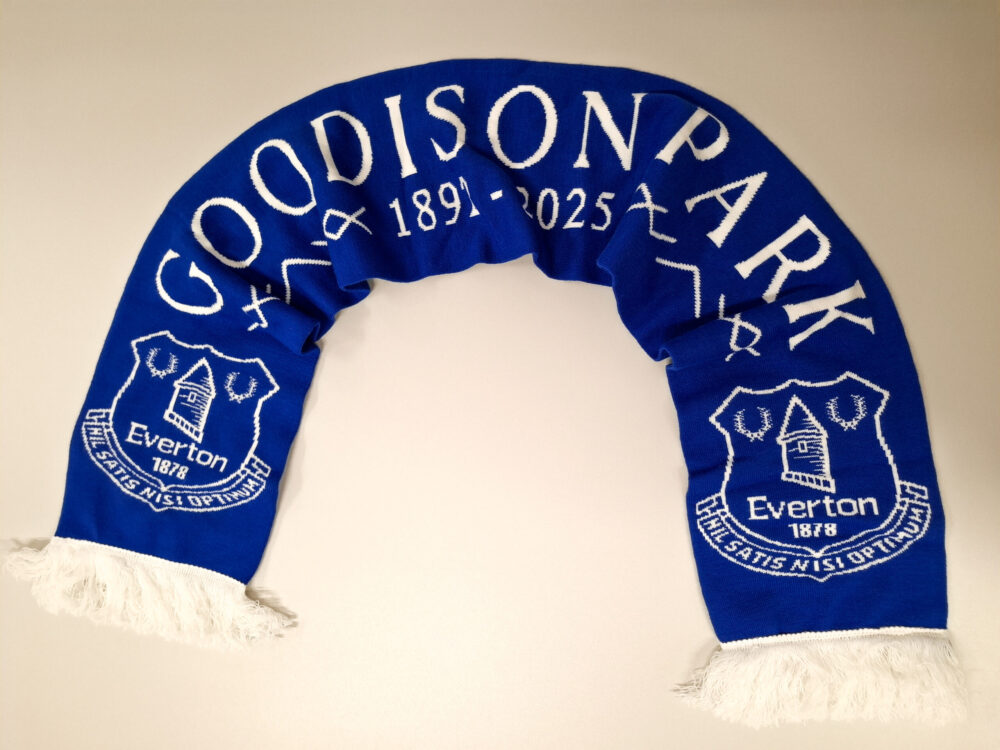
Culture
10 things that will fascinate you about Liverpool’s maritime history
6 years ago
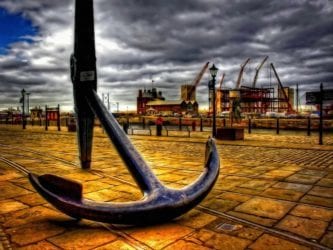
Liverpool’s maritime history is astounding and we can prove it.
We’re all rather fond of our world-famous waterfront, but do you know how import the Port of Liverpool was to building this beautiful city?
During the 19th century Liverpool was home to the busiest and wealthiest port in the world and has a maritime history older than the Fab Four or any football team to date! Grab your armbands and get onboard for a 10-stop tour of the River Mersey like you’ve never sailed it before…
1 – Our Maritime heritage is officially a lot marvellous!

As a destination which made a significant contribution to the wealth of the British Empire Liverpool Maritime Mercantile City was recognised as a UNESCO World Heritage Site in 2004 – specifically relating to six locations and the buildings and landmarks within those areas amassed as one of the world’s major trading centres during the 18th and 19th centuries.
Liverpool is thriving despite its World Heritage Site concerns, here’s why
2 – Six and the city

The six locations that make Liverpool something special and house significant public, commercial and civic buildings are The Pier Head, The Royal Albert Dock, The Stanley Dock Conservation Area, Lower Duke Street, The Commercial Quarter – which includes Liverpool Town Hall and Castle Street and The William Brown Street Conservation Area, with St George’s Hall and St George’s Plateau, Lime Street Station, Walker Art Gallery, World Museum Liverpool, the former Great North Western Hotel – set to reopen as a Radisson RED hotel this year – and the entrance the Queensway Tunnel.
3 – Thomas Steers rocked at building docks

As a world leader in modern dock technology with the most advanced system in the world our docks kept vessels safe from wind and currents, and as the River Mersey is a tidal river (which meant up to an 11-metre difference between the height of the river at low and high tides), while smaller ships went unscathed, larger vessels were either damaged or unable to reach the port. Instead, they anchored while smaller craft unloaded cargo which took time and additional expenditure.
The solution arrived in 1715, thanks to Mr Thomas Steers who paved our way to fame and fortune with huge contributions to the local shipping industry. Thomas Steer’s Dock opened on the River Mersey as the first ever commercial wet dock in the world, accommodating up to 100 ships and making Liverpool a world-leading trading port.
4 – Liverpool’s got world class cruise control

Since 2007 Cruise Liverpool has welcomed over 500 cruise ships to our UNESCO World Heritage waterfront carrying over 1 million international passengers and crew, and generating £72 million to the local economy. As the city welcomes an increasing number of passenger ships each year, we’re developing and investing in cruise facilities including work currently undertaken on the new Liverpool Cruise Terminal and Hotel which will hold up to 3,600 passengers at the Princes Jetty dock site.
This increased capacity to welcome passengers, alongside an historic and vibrant city filled with art, culture, music, sport and fantastic hospitality will continue to build our reputation as a top class cruise destination.
Look at what Liverpool’s new Cruise Terminal will look like
5 – The Titanic was a Scouser

The Titanic Liverpool was written on the stern of the tragic ship which was designed by the White Star Line in Albion House on James Street and called Liverpool her home port.
Onboard, the main crew passageway was nicknamed ‘Scotland Road’ as about 90 members of the Titanic crew, that’s 1-in-10, were from Merseyside including Captain Smith who lived in Waterloo for 40 years before moving to Southampton after White Star transferred the NYC service in 1907; Frederick Fleet the lookout who spotted the iceberg; and Fred Clarke the bass violinist who famously kept playing as Titanic sank, lived on Smithdown Road.
When disaster struck on 31 May 1911, Liverpool-based Cunard-liner Carpathia rescued all 705 survivors.
6 – The Waterfront Quarter will create a new world within the city

Liverpool Waters is a 30-year, £5.5 billion project which began in 2012 to attract residents within five new neighbourhoods, along with businesses, jobs and leisure space due to the complete transformation of Liverpool’s historic northern dockland area.
Liverpool City Centre will be seamlessly connected to the existing waterfront with vast infrastructure improvements, and with huge demand for residential properties, world-renowned companies on-site, the new Everton FC stadium and new cruise terminal and hotel welcoming more visitors, alongside world-class events and attractions, Liverpool Waters is bringing a new era of abundance and opportunity to the city.
Get more about Liverpool Waters here
7 – Gerry made it cool to ‘Cross The Mersey

Our world-famous ferries have been crossing the River Mersey for over 800 years and became part of the seascape after 1207 when King John whipped out his biro and declared us a town. Today, Mersey Ferries offer popular River Explorer Cruises with special evenings and themed events, as well as services to Wirral, and cruises down the Manchester Ship Canal and the Leeds Liverpool Canal.
But when it comes to keeping Mersey Ferries on the map, Gerry and The Pacemakers gave us the best bit of Nº1 hit single publicity since The Beatles’ mapped out the city in song, Old Blue-eyes belted out New York, New York and Toto made us dream about safaris in Af-ri-ca! And as well as the song, did you know they made a movie of Ferry ‘Cross the Mersey starring the band, Cilla Black and a host of 1965 Merseyside music movers and shakers including The Beatles’ producer, George Martin?
8 – Liverpool Riots for the loss of The Lusitania during WWI

In May 1915 during WWI unarmed British passenger ship The Lusitania sank in less than 20 minutes after being torpedoed near Southern Ireland by a German submarine.
Many of the crew were Liverpool Irish seamen who lived in north Liverpool which caused riots to break out in the city and in London as the unlawful attack brought outrage across the world with a total of 1191 passengers including 405 crew losing their lives.
9 – Two dazzling Liverpool vessels commemorated WWI

As part of our 2014 Biennial, Dazzle Ship and Dazzle Ferry were co-commissioned to commemorate the WWI-inspired military camouflage design scheme which made naval vessels unique and therefore difficult for enemy U-Boats and aircraft to identify and attack before the invention of radar.
The Dazzle Ship also known as The Edmund Gardner was designed by renowned artist Carlos Cruz-Diez, famous for his work with colour perception with his creation situated at Canning Graving Dock opposite the Museum of Liverpool as a new public monument for the city.
While Sir Peter Blake, the artist behind The Beatles’ Sgt. Pepper’s Lonely Hearts Club Band cover, designed the Everybody Razzle Dazzle Ferry. The River Explorer cruise will include Razzle Dazzle until February 2020 while Tate Liverpool will continue exhibiting the ferry until January 2021.
Head the the official Mersey Ferries website here.
10 – A cosmopolitan city by way of the sea
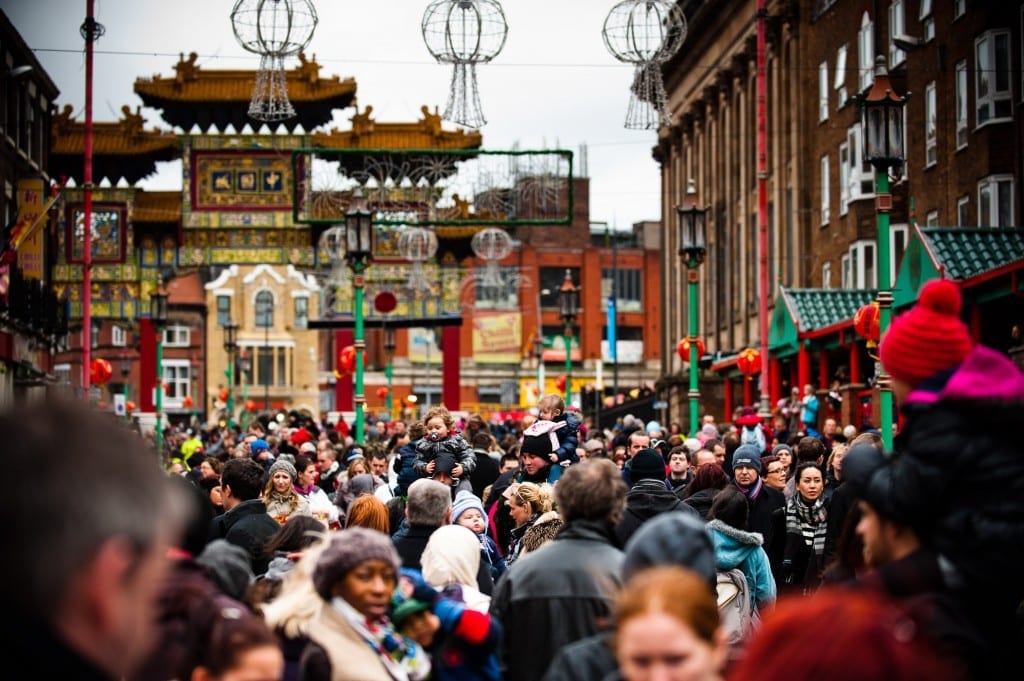
Due to our historic port, Liverpool has some of the oldest ethnic communities in Europe.
In the 1750s Black sailors, freed slaves and student sons of African rulers arrived along with veterans of the American War of Independence. In the 19th century West African seafarers also settled in the city near Pitt Street, close to the docks.
In 1834 the first direct ship from China arrived to trade items including silk and cotton wool. By the late 1860s, many Chinese people arrived in Liverpool to work as seamen.
Liverpool’s shipping lanes led to the silk, cotton and tea trade between Shanghai and Hong Kong and from the 1890s onwards, Chinese people slowly began setting up businesses to cater to Chinese sailors working in the city.
Today, Liverpool is home to Europe’s oldest Black and Chinese communities and also has the strongest Irish ancestry of any British city as the during the 1800s, our close proximity made it easier for Irish people to escape the potato famine, with the community growing into the 19th century. And as well as being the most Catholic city in the UK, has a significant Orange Order membership.
Likewise, between 1830 and 1930 about nine million people left Europe to sail to North America, Australia and New Zealand from Liverpool, which was the largest emigration port in the world.
Have you got some seriously good sea-faring Liverpool facts? We’re all ears @TheGuideLpool
We’re all rather fond of our world-famous waterfront, but do you know how import the Port of Liverpool was to building this beautiful city?
During the 19th century Liverpool was home to the busiest and wealthiest port in the world and has a maritime history older than the Fab Four or any football team to date! Grab your armbands and get onboard for a 10-stop tour of the River Mersey like you’ve never sailed it before…



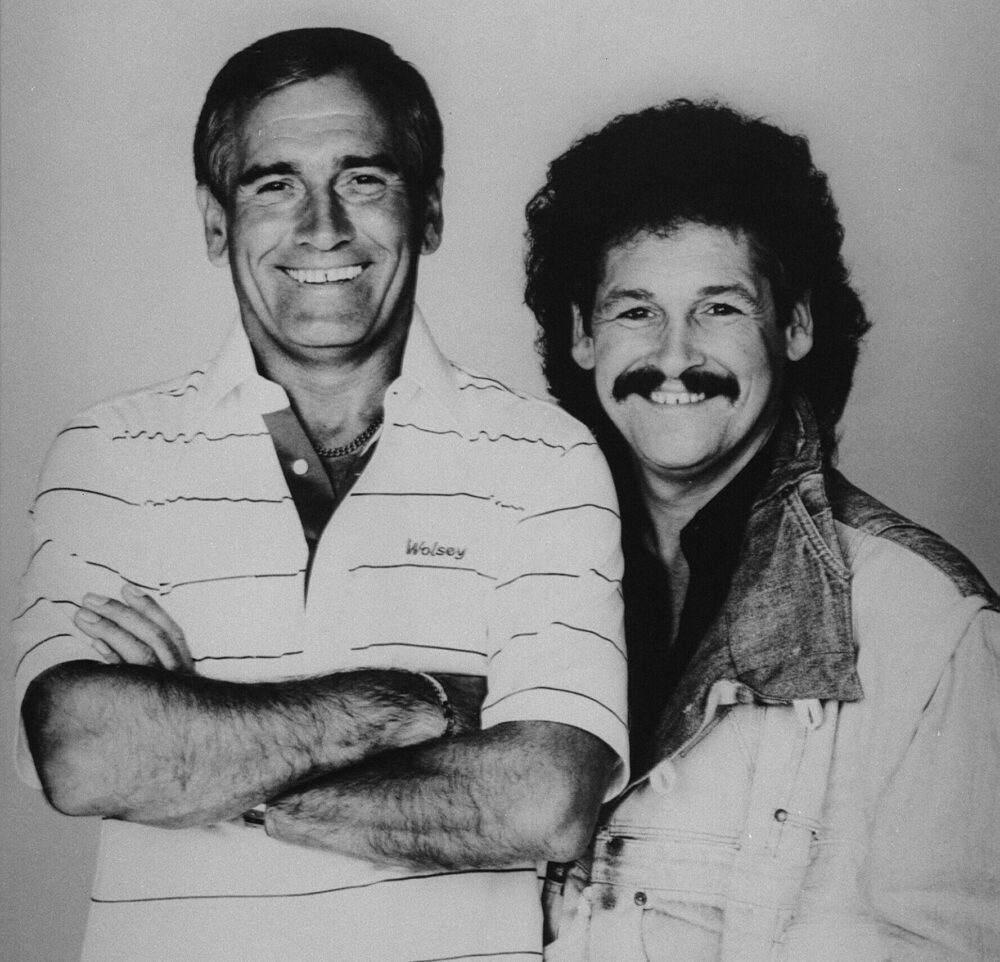


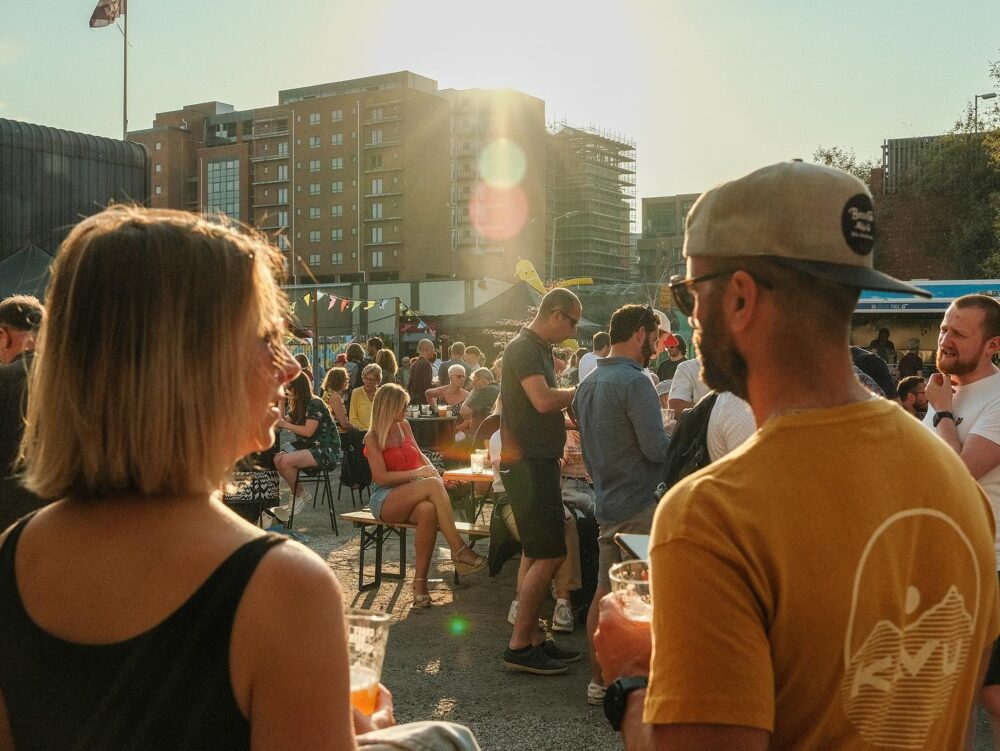

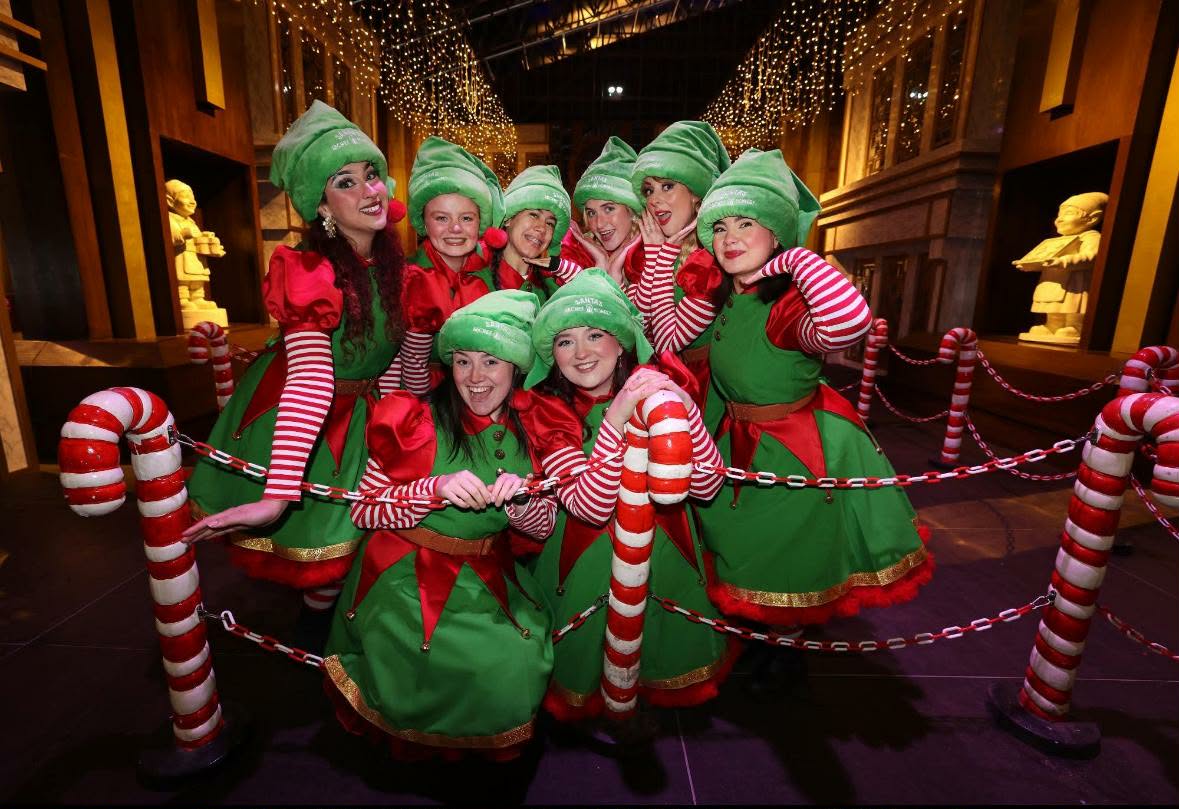
 Subscribe
Subscribe Follow Us
Follow Us Follow Us
Follow Us Follow Us
Follow Us Follow Us
Follow Us Follow Us
Follow Us











